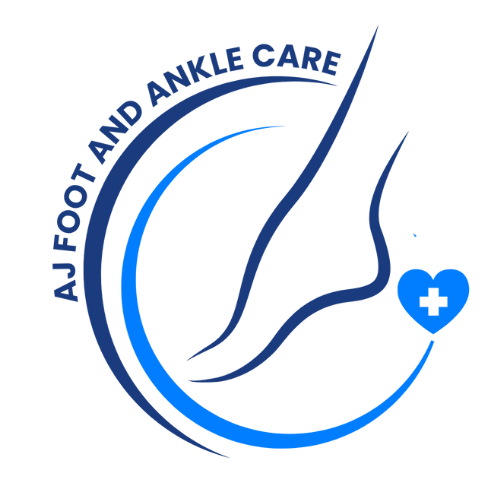Ankle Sprains
An ankle sprain is one of the most common injuries seen in both athletes and everyday activity. It occurs when the ligaments that support the ankle are stretched or torn, usually as a result of twisting or rolling the foot. While some sprains are minor, others can lead to long-term pain and instability if not properly treated.
What Is an Ankle Sprain?
Ligaments are strong bands of tissue that connect bones and help stabilize joints. In the ankle, these ligaments keep the joint in place and prevent it from moving too far in any direction. When the ankle is forced out of its normal position, such as during a fall or sudden pivot, the ligaments can become injured.
Sprains can range from mild (ligament stretching) to severe (complete ligament tear). The most commonly affected area is the outer side of the ankle.
Common Causes
Ankle sprains can occur in many ways, including:
-
Stepping on an uneven surface
-
Landing awkwardly from a jump
-
Sudden stops or changes in direction
-
Wearing improper or unsupportive footwear
-
Previous ankle injuries that weaken the joint
Symptoms
Symptoms of an ankle sprain vary depending on severity but may include:
-
Pain or tenderness, especially when bearing weight
-
Swelling around the ankle joint
-
Bruising or skin discoloration
-
Stiffness or limited range of motion
-
A popping sensation at the time of injury
-
Difficulty walking
In some cases, people mistake a sprain for a fracture. That is why a proper diagnosis is important.
Diagnosis
Your provider will examine the injured ankle, check for swelling and tenderness, and assess your range of motion and stability. Imaging such as an X-ray or MRI may be recommended to rule out fractures or more serious damage.
Treatment Options
Most ankle sprains respond well to conservative care. Your treatment plan may include:
-
Rest: Avoid activities that stress the ankle
-
Ice: Apply cold packs for 20 minutes at a time, several times a day
-
Compression: Use an elastic bandage or brace to reduce swelling
-
Elevation: Keep the ankle elevated above heart level when possible
-
Medication: Anti-inflammatory medications can reduce pain and swelling
-
Physical therapy: Once initial healing begins, rehab exercises can restore strength and stability
-
Supportive footwear or bracing: These may be used during recovery or to prevent re-injury
When Surgery Is Needed
Surgery is usually reserved for severe sprains that do not heal with conservative care or for patients with chronic ankle instability. Surgical options may involve repairing or tightening damaged ligaments. Recovery will include a structured rehabilitation program to restore function.
Preventing Future Sprains
To reduce the risk of future sprains:
-
Wear well-fitting, supportive shoes
-
Warm up before physical activity
-
Strengthen the muscles around your ankle
-
Use ankle braces if you have a history of sprains
-
Avoid uneven terrain when possible
When to See a Specialist
You should schedule an evaluation if:
-
You cannot walk or put weight on the ankle
-
Swelling or pain is not improving after a few days
-
You have recurring ankle injuries or feel the ankle “gives out”
-
You want guidance on recovery and injury prevention
About Dr. Mansoori
Dr. Jasmin Mansoori is a board-certified podiatrist known for her compassionate approach, clinical expertise, and commitment to delivering thoughtful, patient-centered care.
Quick Connect
office@ajfootanklecare.com
469-398-1972
737-247-7483
2301 Ohio Dr., Ste 182
Plano, TX 75093
Office Hours
Mon-Fri : 9AM – 5PM
© 2025 AJ Foot and Ankle Care. All rights reserved.
